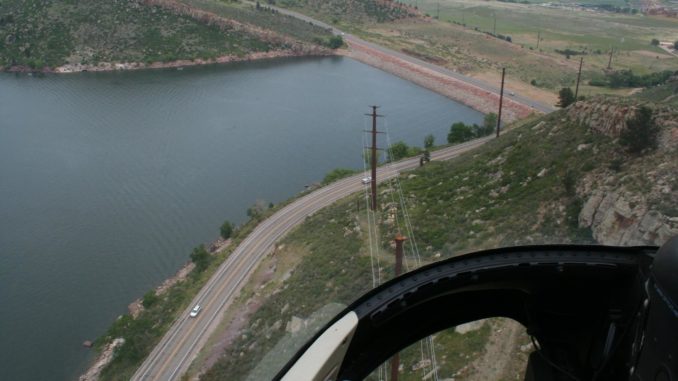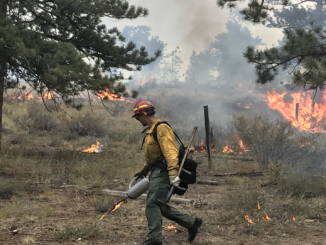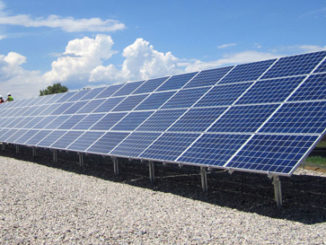
by Libby James
In an annual report required under the federal Coal Combustion Residuals Rule, Platte River Power Authority (PRPA) records information that indicates coal ash contaminants may be leaking out of the landfill and impoundment facilities at coal-fired Rawhide Energy Station north of Fort Collins. Rawhide delivers electric power to Estes Park, Fort Collins, Loveland and Longmont.
According to information provided by the Sierra Club, the findings were mentioned in a national report on coal ash compiled by the Environmental Integrity Project. The report explains that the landfill and impoundment facilities which accept residue from the burning of coal at the Rawhide plant exceed a groundwater protection standard.
This finding means that to comply with the Coal Combustion Residuals Rule, Platte River Power Authority, which operates Rawhide, must prove that the contamination is coming from a source other than coal ash disposal or design and implement measures to clean up the existing contamination and prevent future contamination. Additional monitoring may be necessary. Specifically, the two chemicals exceeding the standards are selenium in the landfill and cobalt in the impoundment facility.
While the report identifies a federal rule violation, the findings are not necessarily dire. According to PRPA information, the Environmental Protection Agency describes flyash as a “non-hazardous by-product of coal combustion.” This powdery substance resulting from the burning of coal to produce electricity leaves a legacy of groundwater pollution. It is generally agreed that groundwater beneath all coal plants has a degree of contamination caused by the burning of coal.
Sierra Club attorney Matt Gebhart acknowledged the EPA’s designation of flyash as non-hazardous but explained that this description does not mean that the substance is not dangerous. “In quantities and concentrations, it is dangerous, especially to wildlife,” he said.
He went on to explain that the Sierra Club warning is not intended to bash PRPA, nor should it be seen as alarmist .“We just wanted to public to know,” he said. “These issues are not unique to PRPA. They are an unfortunate reality of the operation of a coal plant.”
PRPA has shown that they are committed to sustainability. They welcome periodic inspections by the Colorado and Larimer County Departments of Public Health and Environment and in December 2018 they increased their self-monitoring by installing several new monitoring wells at the Rawhide Energy Station. They are planning a new 20 megawatt solar installation in Fort Collins.
Sierra Club volunteer leader Karen Dike said: “Based on the new data PRPA released on coal ash contamination at Rawhide, we look forward to working with PRPA to prevent any further contamination and clean up any existing contamination. As PRPA is moving towards its ambitious clean energy goals, addressing the legacy pollutants from fossil fuels will set our utility and local community up to successfully transition to renewable energy.”
Support Northern Colorado Journalism
Show your support for North Forty News by helping us produce more content. It's a kind and simple gesture that will help us continue to bring more content to you.
BONUS - Donors get a link in their receipt to sign up for our once-per-week instant text messaging alert. Get your e-copy of North Forty News the moment it is released!
Click to Donate


